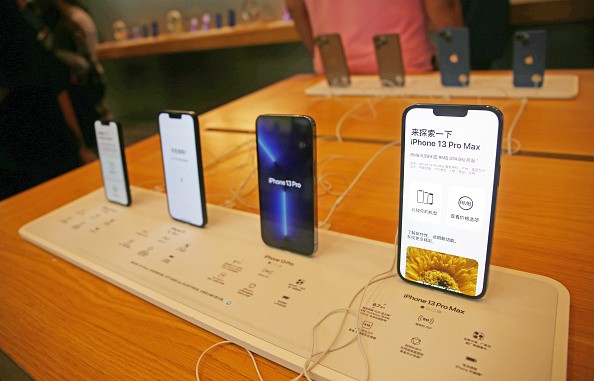Apple is apparently doing a 180 on their strict rules against DIY screen repairs on the iPhone 13.

According to The Verge, FaceID no longer gets bricked on the iOS 15.2 beta even if you replace the screen. This is right on the money, since they promised that they'd roll out the software update around a week ago, all without specifying when it will come.
Now that it's here, it's now far easier to perform iPhone 13 screen repairs without completely dismantling FaceID in the process.
But while the feature now works on a replacement screen, Apple still made sure to keep things within their "control," so to speak.
Any iPhone 13 that has had its screen replaced will flash a notification saying that the device can't say if the component is a "genuine Apple part." This is even if the screen is actually a verified part.
Apple has famously (or infamously) been averse to allowing third-party repairs on their devices, particularly on iPhones. And they have gone to great lengths to do just that in recent years.
It's gotten controversial enough that even company co-founder Steve Wozniak weighed in, saying that it's time for Apple to "do the right thing" when it comes to right-to-repair policies.
As of this writing, the third beta of iOS 15.2 is currently out for testing, writes MacRumors.
What Was Apple Doing With the iPhone 13 Screens?
It was previously reported here on Tech Times that the reason why FaceID gets bricked on screen-replaced iPhone 13s is something small enough to not get noticed.
A tiny microcontroller on the factory-stock screen, which apparently pairs to the phone's hardware, is the main reason. This was first discovered by the repair company iFixit during their extensive teardown.
It was found that if the microcontroller on the screen doesn't match the phone's unique serial number, FaceID will not work, reports the BBC. This eventually made third-party repairs impossible (again), prompting a response from both consumers and the press.
The only workaround for the "repair trap," as it was called, is to just bring your iPhone to a licensed Apple repair shop. There, the technicians are going to have company-sanctioned training and equipment--something that not a lot of third-party repair centers have.

What's Next?
For now, it seems like the "fix" is working as intended. AppleInsider reports that a UK-based third-party repair company called iCorrect put the fix to the test.
And true enough, replacing an iPhone 13's screen with a different one makes the phone flash the "warning" telling the user that the new screen can't be verified as a genuine Apple component.
Here is a video detailing how iCorrect did it:
Until iOS 15.2 is officially released, take this news with a grain of salt. Watch out for new developments, and until then, keep your phone screen safe as much as you can to avoid costly repairs.
This article is owned by Tech Times
Written by RJ Pierce
![Apple Watch Series 10 [GPS 42mm]](https://d.techtimes.com/en/full/453899/apple-watch-series-10-gps-42mm.jpg?w=184&h=103&f=9fb3c2ea2db928c663d1d2eadbcb3e52)



